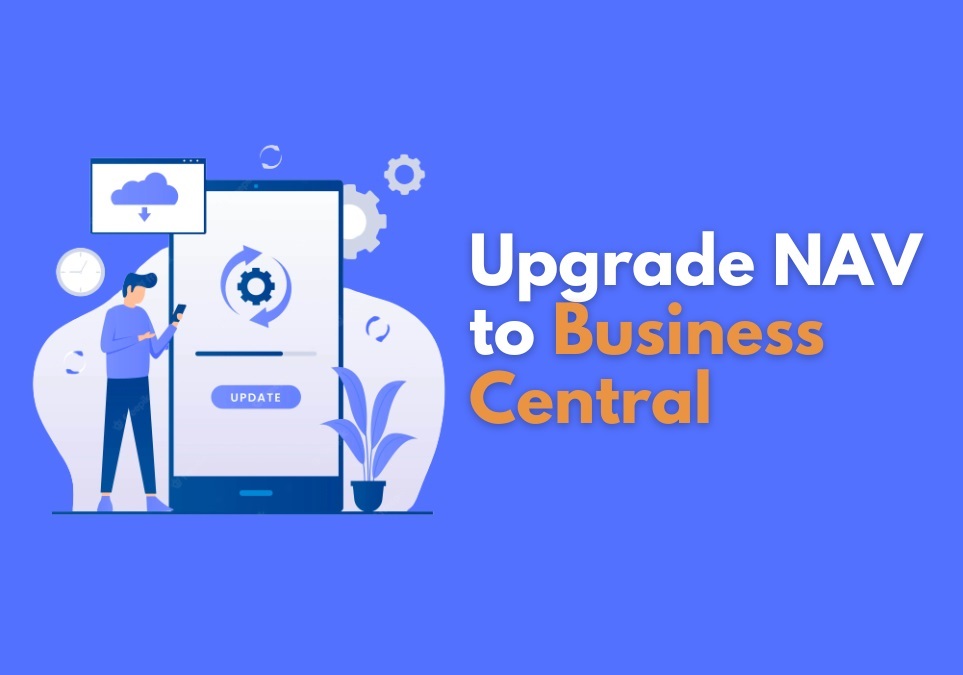Upgrading your nav upgrade to business central system brings a multitude of benefits.
Business Central provides a modern, cloud-based platform with built-in AI and powerful analytics.
The upgrade process does not have to be arduous, especially if you utilize Microsoft’s tools and best practices.
In this article, we’ll walk through key considerations and steps to seamlessly move from NAV to Business Central.
Why Upgrade to Business Central?
The primary driver for most organizations is to leverage new cloud capabilities.
Business Central enables access anywhere with a standard web browser. It also provides real-time data and intelligence not feasible with an on-prem system.
Some of the key advantages of upgrading include:
- Built-in AI and Machine Learning – Leverage predictive analytics to uncover insights and automation to boost productivity
- Power BI and Power Apps Integration – Unlock robust reporting and analytics plus no-code/low-code customization
- Global Availability – Use consistent features and functionality across 100+ country localizations
- Automatic Updates – Take advantage of the continuous delivery of new capabilities aligned to the latest market and technology trends
For long-time NAV users, Business Central will feel familiar. The upgrade enables bringing existing customizations, configurations, and data into a modernized platform.
“Lift and Shift” Upgrade Approach
Microsoft recommends a “lift and shift” strategy for upgrading from NAV to Business Central. This involves:
- Assessing the current NAV environment – Document aspects like customizations, integrations, and configurations. Pinpoint areas to optimize.
- Converting NAV database to Business Central – Use built-in tools to upgrade objects like table structures and report layouts. Validate converted data.
- Migrating existing functionality – Based on the assessment, determine what existing functionalities, workflows or customizations to migrate as-is or optimize.
- Leveraging new capabilities – Identify areas to take advantage of new out-of-box Business Central features.
The goal is to upgrade existing NAV implementations into Business Central with minimal disruption while unlocking productivity gains.
Step-By-Step Upgrade Process
While the specifics depend on the complexity of your system, the high-level process involves:
- Assess the current NAV system – Perform analysis on all facets including custom objects, third-party add-ons, historical data, integrations, infrastructure dependencies, and more.
- Plan the migration – Detail the strategy based on priorities, timelines, roles, and responsibilities.
- Set up the Business Central environment – Provision the cloud tenant, apply country localization and configure permissions and access.
- Convert data – Use the Dynamics 365 Business Central Migration tool to convert existing table structures, transactional data, and standard configurations. Validate correct conversion in the cloud test environment.
- Migrate customizations – Based on the assessment, determine the process to handle customizations – whether to migrate as historical data only, rewrite functionality natively in Business Central, or integrate to other systems.
- Integrate third-party solutions – Retire legacy solutions with comparable functionality now available out-of-box in Business Central. Assess SaaS alternatives on the Business Central app marketplace for critical existing capabilities.
- Test thoroughly – Validate all critical business scenarios and functionality. Have key users conduct user acceptance testing.
- Train users – Conduct training for application administration teams and end users on the new Business Central interface plus any updated processes.
- Go-live – Transition to Business Central system, migrate open transactions, and shut down legacy NAV environment. Provide post-go-live support. Continuously optimize configuration post-migration based on real-world usage.

Leveraging Partners
Given the technical complexity, specialized expertise is recommended to plan and execute the upgrade.
An experienced implementation partner follows proven methodologies designed specifically for NAV to Business Central migration.
They provide the knowledge transfer for administering Business Central along with leading practices to maximize the value.
Upgrading from Dynamics NAV to D365 Business Central enables consolidating information into a single cloud platform with a 360-degree view of your business.
By following a “lift and shift” strategy focused on seamlessly transitioning existing data alongside unlocking the latest capabilities, organizations can smoothly step into the future leveraging familiar NAV concepts now on a modernized foundation. The process does not need to be painful if done methodically utilizing tools, partnerships, and best practices to pave the upgrade journey.


